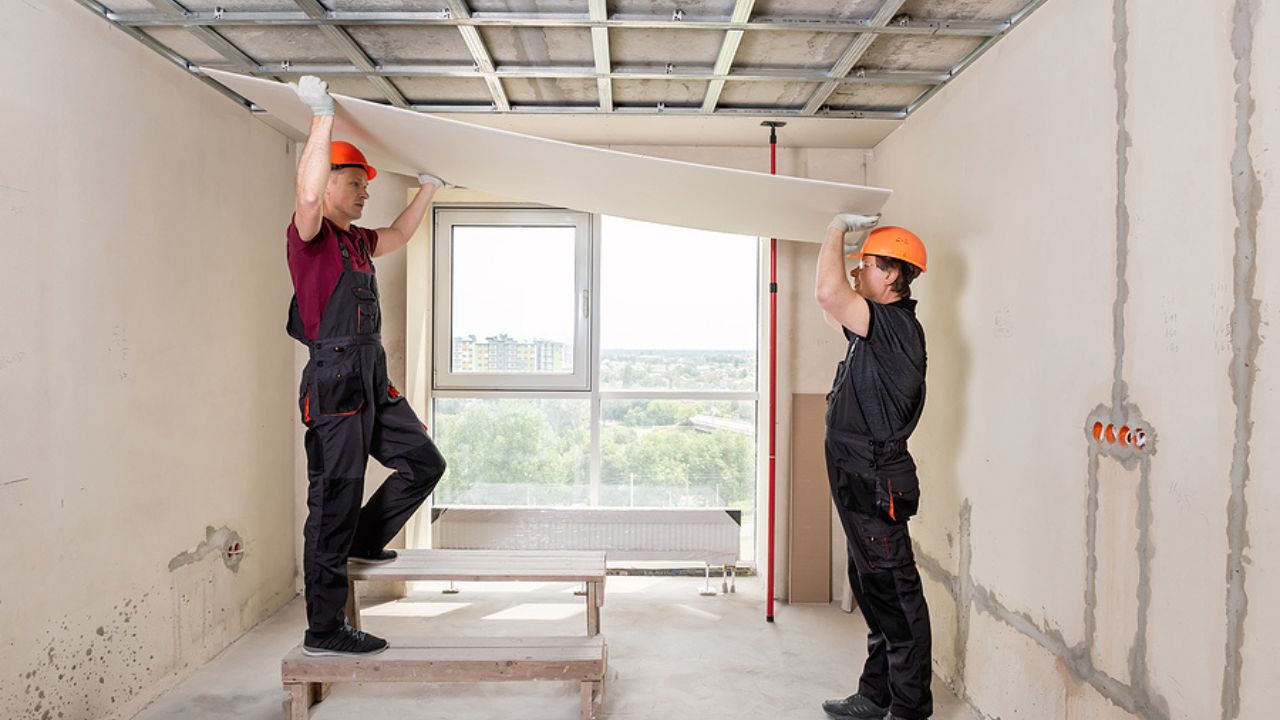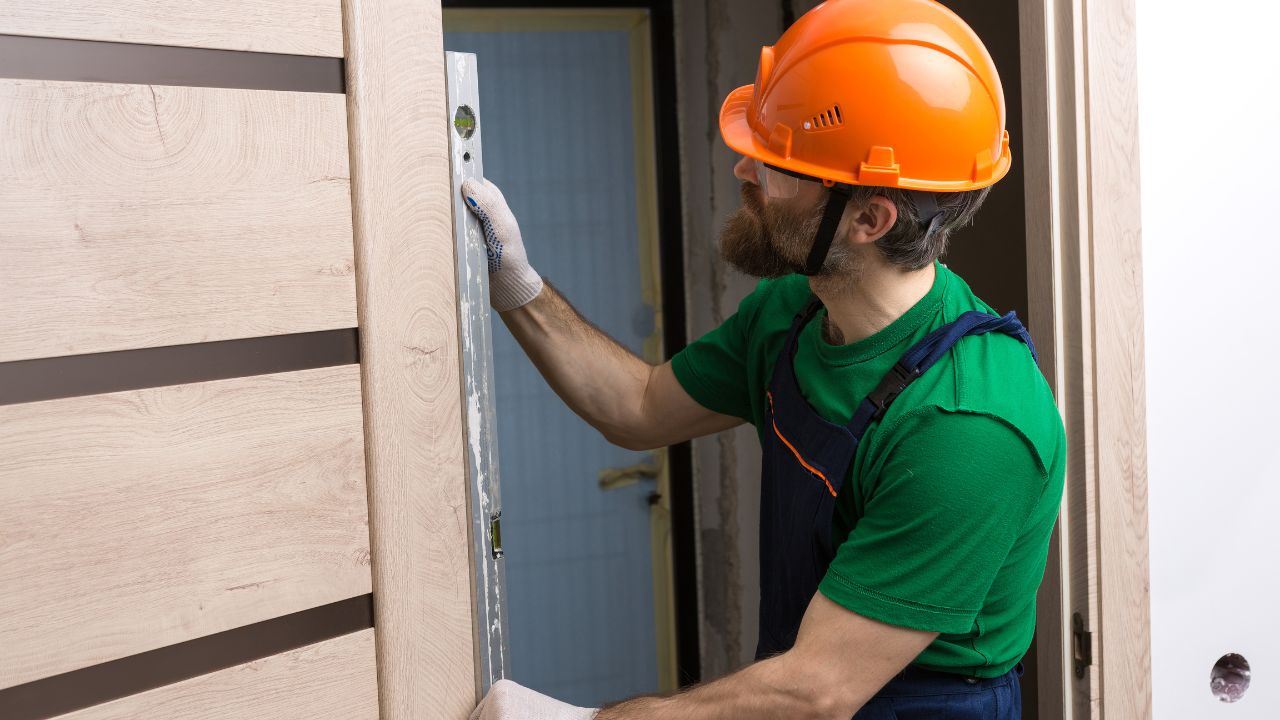- Homepage
- Insulation
Blown-In Cellulose Insulation Cost Estimator
Leading provider of insulation estimating
Blown-in cellulose insulation is one of the most sustainable insulation options available today, offering excellent thermal performance for both residential and commercial buildings. It’s primarily made from recycled paper products, with newsprint being a significant component.
After being treated with non-toxic fire retardants, the cellulose is blown into attics, walls, and other spaces using specialized equipment. This process ensures an even distribution of the insulation material, filling all nooks and gaps to create an energy-efficient barrier that reduces heat transfer and improves indoor comfort.

Choosing blown-in cellulose insulation means opting for an environmentally friendly product with a low carbon footprint. In comparison to traditional insulation materials, it requires less energy to produce, and its use of recycled materials helps reduce landfill waste. Understanding the cost factors is critical for accurately planning your budget and making the most out of this eco-friendly solution. Considering alternatives? Compare with spray foam insulation costs using our calculator.
Blown-In Insulation Cost Overview
When considering blown-in insulation for your home, it’s essential to understand the costs involved. On average, you can expect to pay between $1.00 and $2.80 per square foot for installation. However, various factors can influence these prices, including the insulation material type (cellulose, fiberglass, or Rockwool), the installation location, the desired R-value, and the size of the project.
Average Costs by Location
Location | Average Cost |
Attic Floor | $900 – $3,600 |
Exterior Walls | $1,900 – $7,800 |
Two-Car Garage | $1,400 – $4,600 |
Garage Walls | $950 – $3,200 |
Garage Attic Floor | $520 – $1,400 |
Entire House (New Construction) | $3,500 – $11,600 |
Entire House (Existing Construction) | $4,500 – $16,000 |
Note: Costs are based on a home size of 2,000 to 2,500 square feet with a two-car detached garage.
Want to Start Your Project with the Best Contractors?
Let’s Take Your Projects to the Next Level.
& What's you will get:
- Connecting You to Top Local Contractors
- Professional Consulting, Contractors Near You
- From Expert Advice to Local Contractor Connections
Contact Now
Let's discuss with a cup of coffe
Blown-in Insulation Cost per square foot
When looking at blown-in insulation costs on a per-square-foot basis, here’s what you can expect:
- Average Cost: $1.00 – $2.80 per square foot
- Price Range: $0.50 to $5.00+ per square foot
This range reflects the various types of insulation materials, their R-values, and the specifics of the installation site.
Cost Per Square Foot
Square Feet | Average Cost to Install |
100 | $100 – $280 |
300 | $300 – $840 |
500 | $500 – $1,400 |
700 | $700 – $2,000 |
1,000 | $1,000 – $2,800 |
1,200 | $1,200 – $3,400 |
1,500 | $1,500 – $4,200 |
2,000 | $2,000 – $5,600 |
2,500 | $2,500 – $7,000 |
3,000 | $3,000 – $8,400 |
Factors Affecting Blown-In Cellulose Insulation Costs
The overall cost of blown-in cellulose insulation is influenced by several key factors, each of which must be carefully considered during the estimation process:
- Area Size: Larger spaces will require more materials and labor, leading to higher costs. A more substantial attic or multiple rooms will naturally push up the price compared to smaller projects.
- Insulation Thickness: The thicker the insulation, the more material is needed. For example, a higher R-value (which measures the thermal resistance) will require more cellulose, resulting in increased costs.
- Project Location: Costs can vary significantly by region, especially regarding labor rates. For instance, urban areas tend to have higher labor costs than rural locations.
- Accessibility: Projects in hard-to-reach areas, such as high attics or tight crawl spaces, can drive up labor fees due to the complexity and time required for installation.
- DIY vs. Professional Installation: Choosing to go the DIY route can lower labor costs, but it might also lead to inefficiencies or a lower-quality installation. Professional installation, while more expensive, guarantees expertise and precision.
Get Acquainted with Insulation
Cost Breakdown for Blown-In Cellulose Insulation
The following table outlines the revised cost breakdown for blown-in cellulose insulation. This updated cost estimate provides a realistic view of what homeowners, contractors, and developers can expect to pay:
Component | Cost Range (Per Square Foot) |
Material | $0.55 – $2.20 |
Labor | $0.66 – $1.65 |
Equipment Rental | $55 – $220 (Daily) |
Total Installed Cost | $1.21 – $3.85 |
These costs are subject to further adjustments depending on the specific characteristics of the project, such as insulation thickness and the complexity of the installation.
Blown-In Cellulose Insulation to Other Insulation Types
When comparing blown-in cellulose to other popular insulation materials like fiberglass or spray foam, it’s essential to consider not only the upfront costs but also the long-term benefits. Blown-in cellulose offers a competitive balance of cost, performance, and environmental impact:
Insulation Type | Cost (Per Square Foot) | R-Value Per Inch |
Blown-In Cellulose | $1.21 – $3.85 | 3.2 – 3.8 |
Fiberglass Batts | $0.66 – $1.98 | 2.2 – 2.7 |
Spray Foam | $1.10 – $4.95 | 6.0 – 7.0 |
Blown-in cellulose stands out for its affordability, particularly when compared to spray foam. It offers a solid R-value, providing excellent thermal insulation while being made from recycled materials, which is a significant advantage in terms of sustainability.
Labor Costs for Installing Blown-In Cellulose Insulation
Labor costs are a critical part of the overall budget for insulation projects. Professional labor fees for blown-in cellulose insulation typically range between $0.66 and $1.65 per square foot. This range can fluctuate depending on several factors, including the size of the space, the difficulty of installation, and regional labor rates.
Factors that Influence Labor Costs:
- Project Complexity: More intricate projects, such as insulating areas with lots of obstacles or non-standard layouts, will require more time and expertise, driving up labor costs.
- Location: Urban regions often come with higher labor rates due to the increased cost of living. Conversely, rural areas may offer more affordable labor but might have fewer professionals available.
- Experience Level: Hiring an experienced contractor ensures high-quality installation, which can save money in the long run by avoiding mistakes or inefficiencies, though it may come at a higher cost upfront.

The Impact of Insulation Thickness and R-Values on Costs
The R-value of insulation measures its effectiveness in resisting heat transfer, with a higher R-value offering better insulation. Blown-in cellulose insulation typically provides an R-value of 3.2 to 3.8 per inch. The thickness of the insulation directly impacts the cost; thicker insulation requires more material and labor, increasing overall expenses.
R-Values for Different Applications:
- Attics: R-38 to R-60, which typically requires 12 to 18 inches of cellulose.
- Walls: R-13 to R-21, requiring 4 to 6 inches of cellulose.
The cost of blown-in cellulose insulation will rise as the required R-value increases, particularly in colder regions where higher R-values are necessary to meet building code standards.
DIY vs. Professional Installation
For homeowners considering a DIY approach, the primary savings come from reduced labor costs. However, a DIY project often requires equipment rentals and can be time-consuming. Professional installation, while more expensive, ensures that the insulation is properly installed, minimizing the risk of under-insulated areas, air leaks, or inefficient energy performance.
Installation Type | Cost (Per Square Foot) |
DIY | $0.55 – $2.20 |
Professional | $1.21 – $3.85 |
DIY installations may seem attractive, but they often come with hidden costs, such as the time required to learn proper techniques and the risk of mistakes. On the other hand, professional installers have the expertise to complete the job efficiently and effectively, ensuring optimal performance and long-term savings.
Regional Differences in Insulation Costs
Installation costs for blown-in cellulose insulation vary across regions due to differences in labor costs, material availability, and local building codes. Urban areas, particularly those with a higher cost of living, tend to have more expensive labor rates. Rural areas, while potentially offering lower labor costs, may have higher material prices due to transportation and supply challenges.
Example Regional Cost Variations:
- Urban Areas (e.g., New York, Los Angeles): Expect to pay between $1.30 to $4.00 per square foot.
- Rural Areas (e.g., Midwest, Southern U.S.): Costs typically range from $1.10 to $3.50 per square foot.
These regional differences should be taken into account when estimating project costs, as they can significantly impact the final budget.
90% More Chances to Win Insulation Bids with
Our Estimate!
Long-Term Energy Savings with Blown-In Cellulose Insulation
While the upfront costs of blown-in cellulose insulation may be higher than some other options, the long-term energy savings are substantial. Homeowners can expect to save up to 20% on heating and cooling costs annually, thanks to the insulation’s ability to minimize heat loss in the winter and keep cool air inside during the summer. Over the lifespan of the insulation, these savings can quickly offset the initial investment.
Additionally, cellulose insulation helps to reduce drafts, maintain more consistent indoor temperatures, and improve overall home comfort. In many regions, blown-in cellulose insulation also qualifies for government rebates and tax incentives, further increasing the financial return on investment.
Estimating Costs: A Step-by-Step Approach
Step 1: Measure Your Space
To accurately estimate the cost of blown-in cellulose insulation, start by measuring the square footage of the area you wish to insulate. Consider both walls and ceilings, as insulation requirements may differ. Use a tape measure or laser measuring tool to get precise measurements. Don’t forget to account for any architectural features such as vaulted ceilings, staircases, or complex roof lines, as these can affect the total area that needs insulation. It may be helpful to create a simple diagram of the area to visualize the project and ensure that all spaces are accounted for.
Step 2: Choose the Right Thickness
Different applications may require different thicknesses of insulation. Consult local building codes and energy efficiency recommendations to determine the appropriate thickness for your project. Standard thicknesses typically range from 4 to 12 inches, but factors like climate, building design, and energy efficiency goals can influence the best choice. Working with an insulation professional can provide valuable insights into the optimal thickness for your specific situation, ensuring that you achieve maximum energy efficiency and comfort.
Step 3: Calculate Material Costs
Using the average price range for cellulose insulation material, multiply the cost per square foot by the total square footage of the area to get a preliminary estimate. Keep in mind that this estimate may vary based on the specific product chosen and any discounts available for bulk purchases. Additionally, consider the costs of any necessary equipment for installation, such as blowing machines or protective gear, which may be rented or purchased separately. Having a detailed breakdown of these costs will help you create a more accurate overall budget.
Step 4: Estimate Installation Costs
Based on your local labor rates and the complexity of the installation, estimate the installation costs using the ranges provided above. It’s essential to obtain quotes from multiple contractors to ensure you are getting competitive pricing. Ask for detailed estimates that break down labor and any additional costs, such as disposal of old insulation or preparation of the site. Keep in mind that the lowest bid may not always represent the best value; quality of work and reputation are also critical factors to consider when selecting an installer.
Step 5: Factor in Additional Costs
Consider any additional features or services required for your project. This may include air sealing, vapor barriers, or other enhancements that can contribute to energy efficiency. If you’re working on a renovation project, you might also need to budget for the removal of existing insulation or repairs to walls or ceilings, which can increase costs. By proactively addressing these potential expenses, you can avoid surprises and ensure your project stays on track and within budget.
How to Lower Blown-In Cellulose Insulation Costs?
Reducing insulation costs doesn’t have to mean compromising on quality. Here are some practical strategies to help lower the cost of blown-in cellulose insulation:
- Get Multiple Quotes: Comparing quotes from different contractors can help you find competitive pricing without sacrificing quality.
- Look for Rebates and Incentives: Many states and municipalities offer financial incentives for energy-efficient upgrades, which can significantly reduce the overall cost.
- Plan for Off-Season Installation: Contractors may offer discounts during slower times of the year, such as late fall or early spring.
- DIY Where Possible: If you’re comfortable with smaller insulation projects, such as a small attic or basement, doing it yourself could save on labor fees.

Environmental Benefits of Blown-In Cellulose Insulation
One of the most significant advantages of blown-in cellulose insulation is its positive impact on the environment. As a product made from up to 85% recycled materials, cellulose insulation helps reduce the demand for new raw materials and minimizes landfill waste. The production process for cellulose insulation also requires less energy compared to other types of insulation, such as fiberglass or spray foam.
Additionally, because blown-in cellulose fills every nook and cranny in a space, it helps eliminate air leaks and improves energy efficiency. This translates to lower energy consumption and reduced greenhouse gas emissions, making it an environmentally responsible choice for any construction project.
Revised Sample Cost Table for Blown-In Cellulose Insulation
Below is an updated cost table, reflecting the 10% price increase. This table can serve as a reference for estimating the total cost of insulation for different building sizes:
Area | Square Footage | Material Cost | Labor Cost | Total Cost |
Small Home (1,500 sq ft) | 1,500 sq ft | $825 – $3,300 | $990 – $2,475 | $1,815 – $5,775 |
Medium Home (2,500 sq ft) | 2,500 sq ft | $1,375 – $5,500 | $1,650 – $4,125 | $3,025 – $9,625 |
Large Home (3,500 sq ft) | 3,500 sq ft | $1,925 – $7,700 | $2,310 – $5,775 | $4,235 – $13,475 |
Get High-Quality 3D Rendering Today!
Transform your space with stunning 3D rendering that blends style, comfort, and functionality.
We Specialize in Both Residential and Commercial 3D Rendering Projects.
- Luxury Villas
- Apartment Complexes
- Modular Kitchens
- Bathrooms
- Office Buildings
- Shopping Malls
- Hospitals
- Hotels & Resorts
Common Mistakes in Insulation Cost Estimation and How to Avoid Them
Cost estimation for blown-in cellulose insulation can be tricky. Here are some common mistakes and tips for avoiding them:
- Underestimating Material Needs: It’s important to calculate material quantities based on the desired R-value and the area being insulated. Misjudging this can lead to additional costs later in the project.
- Ignoring Labor Costs: Labor is a significant part of the total cost. Be sure to include labor in your budget, especially for more complex installations.
- Overlooking Rebates and Incentives: Many homeowners miss out on significant savings by failing to explore available energy efficiency rebates or tax credits. Always check local programs before starting your project.
Frequently Asked Question
On average, blown-in cellulose insulation costs between $1.21 and $3.85 per square foot, depending on the location, the thickness of the insulation, and whether it's a DIY or professional installation.
Blown-in cellulose insulation can last 20 to 30 years, or even longer, if installed correctly. It’s resistant to settling, and its effectiveness remains stable over time.
Yes, blown-in cellulose insulation is one of the most eco-friendly options available. It’s made from up to 85% recycled materials and requires less energy to produce than many other insulation types.
Yes, blown-in cellulose insulation can be installed as a DIY project. However, it requires specific equipment, such as an insulation blower, and a good understanding of proper installation techniques. For larger or more complex areas, it’s often better to hire a professional.
On average, blown-in cellulose insulation can reduce energy bills by up to 20%, depending on the thickness and quality of the installation. This can lead to significant savings over time, making it a wise investment for energy efficiency.
Comprehensive Trade-Specific Estimates
At Estimate Florida Consulting, we offer detailed cost estimates across all major trades, ensuring no part of your project is overlooked. From the foundation to the finishing touches, our trade-specific estimates provide you with a complete and accurate breakdown of costs for any type of construction project.
Our Simple Process to Get Your Estimate
Upload Plans
Submit your project plans, blueprints, or relevant documents through our online form or via email.
Receive Quotation
We’ll review your project details and send you a quote based on your scope and requirements.
Confirmation
Confirm the details and finalize any adjustments to ensure the estimate meets your project needs.
Get Estimate
Receive your detailed, trade-specific estimate within 1-2 business days, ready for your project execution.



Our Clients & Partners
We pride ourselves on building strong, lasting relationships with our clients and partners across the construction industry.

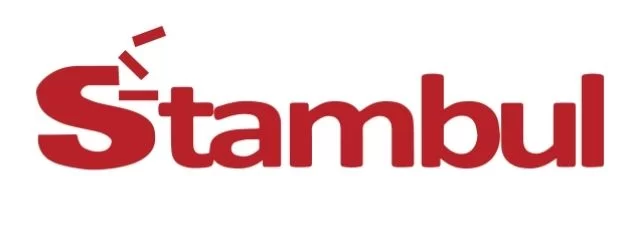

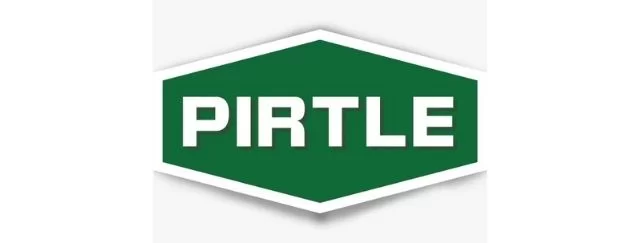

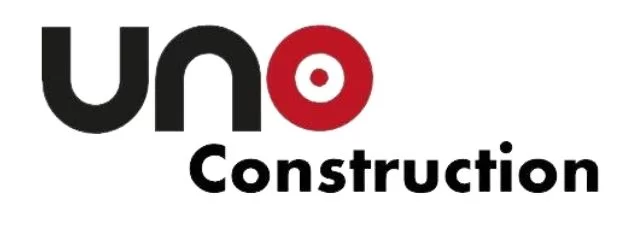





Testimonials
What Our Clients Say
We take pride in delivering accurate, timely, and reliable estimates that help contractors and builders win more projects. Our clients consistently praise our attention to detail, fast turnaround times, and the positive impact our estimates have on their businesses.
Estimate Florida Consulting has helped us win more bids with their fast and accurate estimates. We trust them for every project!







